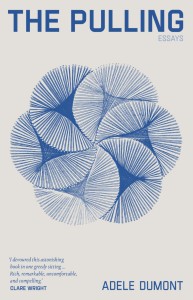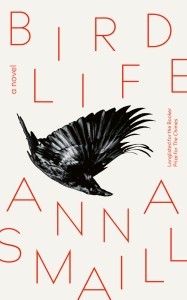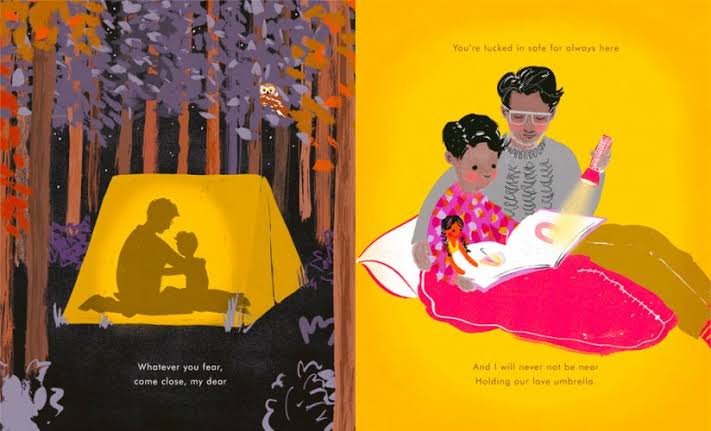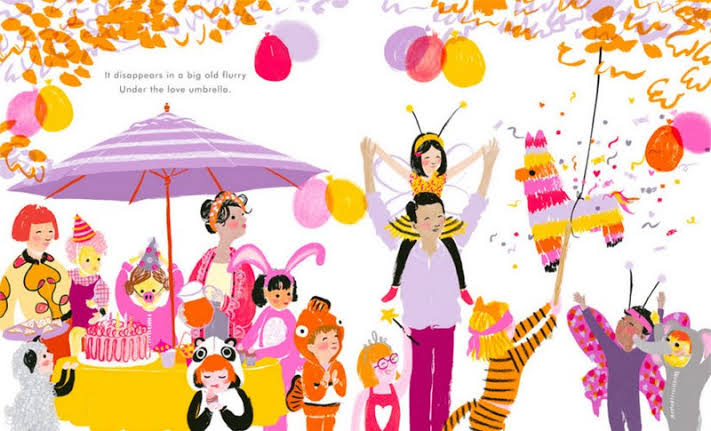Pulling out just one shaft of hair at a time always felt so insignificant, something imperceptible. Who could notice one strand missing from a whole, overly thick head of hair?
I’ve never known anyone who compulsively pulls their hair out. I mean, I probably have because an estimated 2% of the population have trichotillomania, but shame keeps it hidden in plain sight.
Hair pulling is not even something that makes a whole lot of sense, even to those who live with it.
I am struggling to translate all this to you; when I am not in the midst of it I myself struggle to fathom it. Such is the strangeness of all this that – once I have returned to the world – I find it difficult to contemplate or believe in its subsuming power.
Logic would say that pulling your hair out couldn’t possibly help anything. For people with trichotillomania, though, it does (in the moment at least) and that makes it even more confounding.
It’s such a well kept secret that most people haven’t heard of it. Even amongst those who compulsively pull their hair, there’s isolation. Yet, despite this, there are commonalities.
We all like to think we’re unique but one of the fascinating things about trichotillomania is that it looks similar across sufferers, including those who don’t yet know there’s a word for it. Who knew that there’s a hierarchy of hair, that it’s not just about pulling hair but the right hair? Why do people who pull do so in a predictable pattern? When hardly anyone is talking about this, how are there so many common denominators?
I’m not the biggest fan of the medical model when it’s applied to mental health. It can result us taking on a diagnosis as our identity and with the amount of time people can spend pulling, it’s not hard to see how this happens but it makes me uncomfortable.
This is a brave book. Because, as I’ve mentioned, people simply don’t talk about this. Because there’s so much shame attached to it.
This is a painful book. It hurts to witness, even from a distance, the struggle Adele experiences every day.
This is an important book. Brené Brown says it better than I ever could: “If you put shame in a petri dish, it needs three ingredients to grow exponentially: secrecy, silence, and judgement. If you put the same amount of shame in the petri dish and douse it with empathy, it can’t survive.”
I love memoirs. There’s something special about being invited into someone’s life and having them share some of their innermost thoughts. Adele Dumont, in sharing her experience, is shining a light on trichotillomania. Shame and secrets don’t do so well in the light.
Thank you so much to Scribe Publications for the opportunity to read this book.
Once Upon a Blurb
When Adele Dumont is diagnosed with trichotillomania — compulsive hair-pulling — it makes sense of much of her life to date. The seemingly harmless quirk of her late teens, which rapidly developed into almost uncontrollable urges and then into trance-like episodes, is a hallmark of the disease, as is the secrecy with which she guarded her condition from her family, friends, and the world at large.
The diagnosis also opens up a rich line of inquiry. Where might the origins of this condition be found? How can we distinguish between a nervous habit and a compulsion? And how do we balance the relief of being ‘seen’ by others with our experience of shame?
The Pulling is a fascinating exploration of the inner workings of a mind. In perfectly judged prose, both probing and affecting, Dumont illuminates how easily ritual can slide into obsession, and how close beneath the surface horror and darkness can lie.







